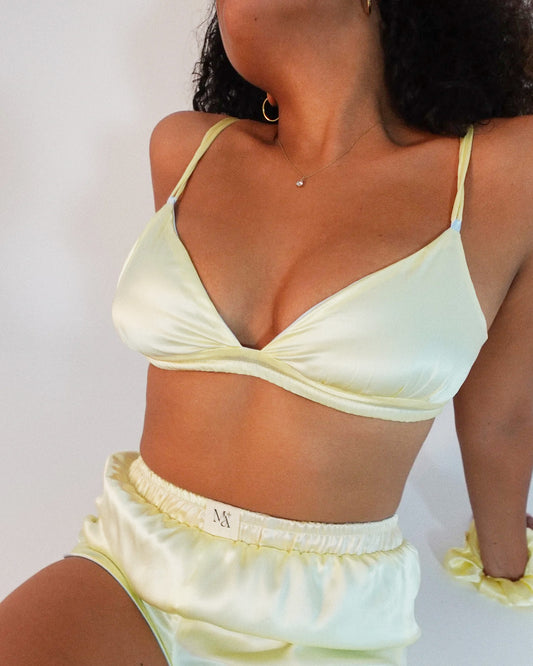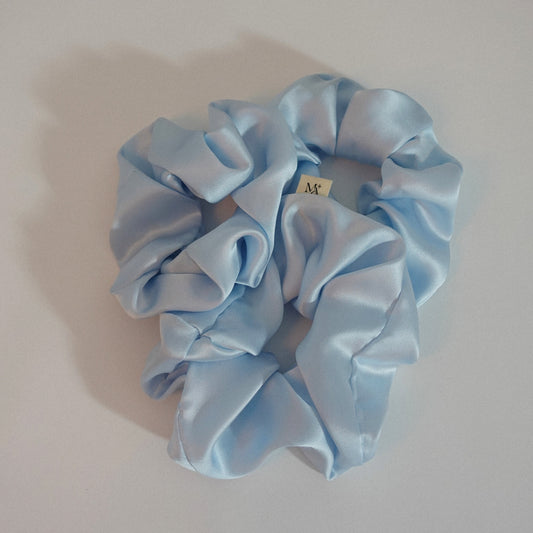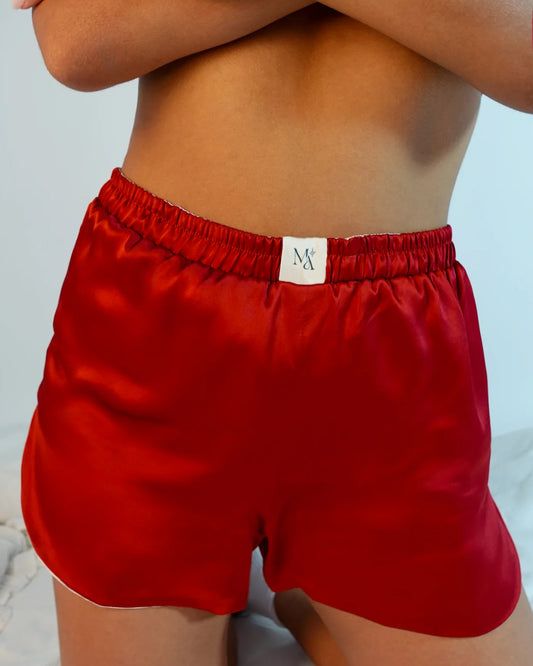
Silk: The Sustainable Luxury
At Maison Manea, we believe in softness, and transparency. So let’s talk about silk, a fabric long associated with elegance and comfort. But beyond its luxurious feel, is silk actually sustainable? Short answer: yes, when it’s carefully sourced.
1. Natural & Biodegradable
Unlike synthetic fabrics that shed microplastics, silk is 100% natural. When it reaches the end of its life (which we hope is years from now!), it breaks down naturally without leaving harmful waste behind. A quiet win for the environment.
At Maison Manea, we believe luxury doesn’t have to come at the planet’s expense—and choosing biodegradable materials is part of that commitment.
2. Long-Lasting & Slow Fashion Approved
Silk has a reputation for delicacy, but don’t be fooled. With proper care, it’s a remarkably strong and long-lasting fabric. Unlike fast fashion materials that lose shape or softness after a few washes, silk is made to endure.
By investing in high-quality silk loungewear, you’re not only choosing comfort and elegance, you’re also reducing textile waste and embracing a slower, more mindful way of dressing.
Our pieces are designed to be worn, re-worn, and loved—season after season.
3. Lower Water & Energy Consumption
Yes, all textiles have an impact. But compared to conventional cotton, silk requires:
- Less water during production
- Fewer pesticides and fertilizers
- Minimal land use, as silkworms feed primarily on mulberry leaves
The result? A lighter footprint on the planet, especially when silk is produced in small batches and under ethical conditions.
4. Responsible Silk Sourcing
We source our silk fabrics from Italy, a country known for its exceptional textile tradition. Our production partners are chosen for their know-how, consistency, and craftsmanship, a guarantee of quality above all.
Not all silk is created equal. At Maison Manea, we carefully select our suppliers to ensure that our silk is sourced responsibly, prioritizing both quality and ethical production practices.









